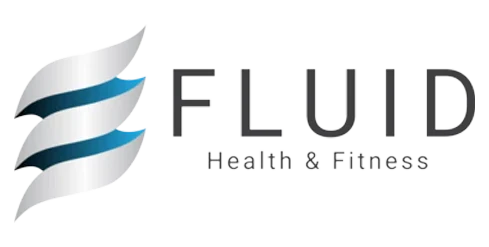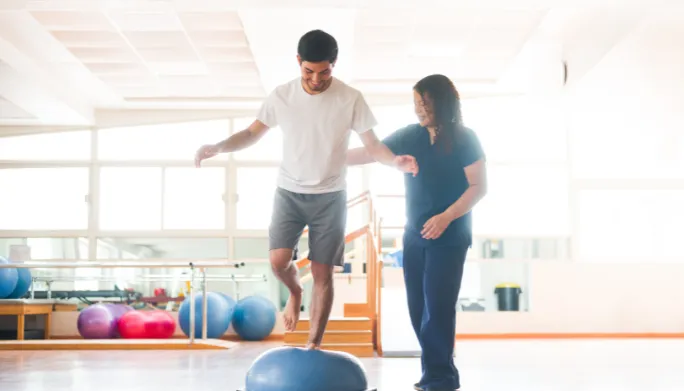
The stance phase is the foundation of functional movement. It is the part of a movement cycle where your body supports weight, and it involves crucial mechanics for balance, alignment, and strength. During this phase, proper loadbearing mechanics ensure that forces are distributed evenly through your joints, reducing strain and enhancing efficiency.
Key Components of Stance Phase:
- Joint Alignment: Proper alignment of the ankles, knees, hips, and spine reduces stress and improves stability.
- Muscle Engagement: The glutes, quadriceps, and calves activate to support the body’s weight and maintain balance.
- Weight Distribution: Equal weight distribution prevents overloading one side of the body.
Common Issues:
- Overpronation: Excessive inward rolling of the foot, leading to knee and hip stress.
- Underpronation: Insufficient inward rolling, causing reduced shock absorption.
- Pelvic Imbalance: Uneven hip alignment disrupts weightbearing mechanics.
Real-Life Example: When standing in line, you might unconsciously shift weight onto one leg. Over time, this habit can cause hip or lower back discomfort, as the loadbearing mechanics are uneven.
Practical Applications:
- Strengthen the stabilizing muscles of the hips and core to improve alignment.
- Practice single-leg balance exercises to train loadbearing mechanics.
Test Your Comprehension:
- What is overpronation, and how can it affect the body?
- Why is weight distribution important during the stance phase?
- Name one exercise that helps improve loadbearing mechanics.
Scientific References:
- Neumann, D.A. (2016). “Kinesiology of the Musculoskeletal System.”



